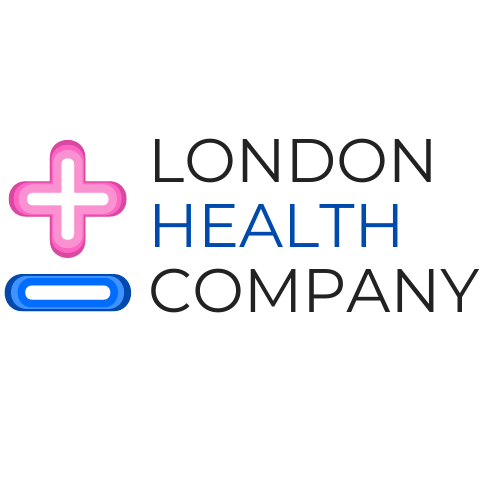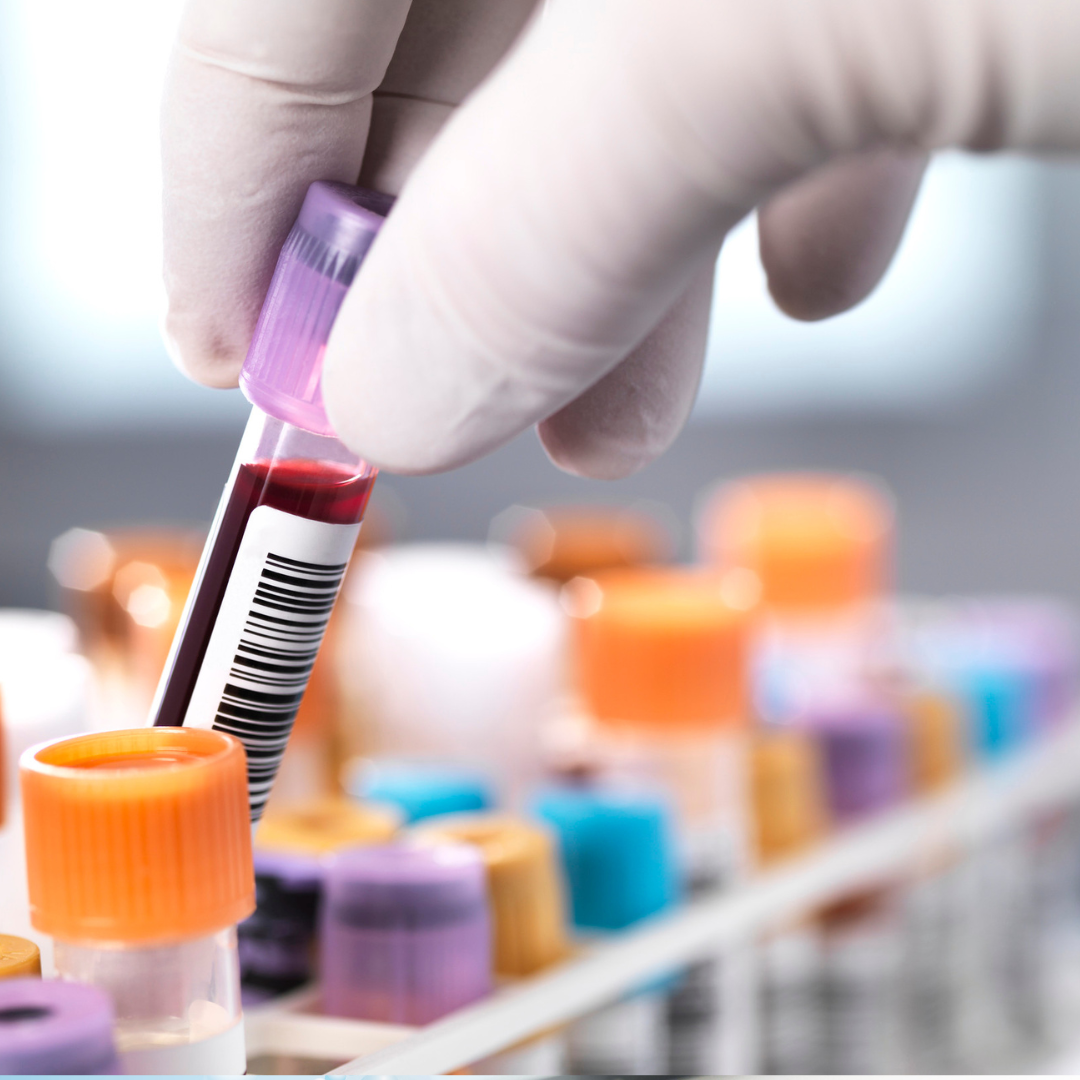The following is taken from a paper by E Cervoni, 2020. A full version of the paper can be found here.
In the UK, management of menopause is primarily handled by general practitioners (GPs). However, the same level of oversight is not commonly observed for Testosterone Deficiency Syndrome (TDS), also referred to as late-onset hypogonadism (LOH), androgen deficiency in the aging male (ADAM) or andropause. Testosterone levels can begin to decline in men as young as 40 years old, decreasing at a rate of approximately 1% per year. Nonetheless, not all men will experience low testosterone levels. While the precise prevalence of low testosterone in men remains uncertain, it is estimated to affect around 25% of the aging male population and is frequently associated with declining health and underlying medical conditions. Conversely, 75% of men typically maintain normal testosterone levels as they age.
Diagnosis of TDS
In many cases, men aged 60 years and older may start noticing signs and symptoms indicative of low testosterone, including diminished sexual desire, libido, and overall vitality, erectile dysfunction, metabolic changes, shifts in mood, decreased energy levels, cognitive impairment, and a decline in overall well-being. Other manifestations may include hot flashes, disruptions in sleep patterns, development of breast tissue (gynaecomastia), reduced body hair, diminished muscle mass, decreased bone density, and even anemia. Collectively, these physical, cardiometabolic, sexual, and psychological indicators and symptoms are often referred to as hypogonadism, characterizing the condition known as TDS.
Testosterone Replacement Therapy (TRT)
Research has indicated that testosterone replacement therapy (TRT) can offer a broad spectrum of advantages beyond merely addressing sexual health concerns for men diagnosed with hypogonadism. These benefits encompass enhancements in mood, cognition, muscle mass, bone density, red blood cell production, and metabolic regulation. Moreover, there's a growing body of evidence suggesting that men with low testosterone levels face a higher risk of all-cause mortality compared to those with normal testosterone levels.
However, determining what defines a low testosterone level and when TRT should be initiated remains a topic of ongoing debate. Various organizations, including the Endocrine Society, International Society for the Study of the Ageing Male, International Society for Sexual Medicine (ISSM), International Consultation for Sexual Medicine, and the American Urological Association, have proposed different threshold values over the years. Consequently, the British Society for Sexual Medicine (BSSM) recommends utilizing their action levels for guidance.
In symptomatic men, the BSSM guidelines advocate for TRT when total testosterone (TT) levels are below 8 nmol/L or free testosterone (FT) levels are below 0.180 nmol/L. For levels ranging between 8–12 nmol/L, or in cases where FT is below 0.225 nmol/L, a TRT trial (lasting a minimum of six months) is suggested alongside weight-loss and lifestyle modifications, as well as treatment of any coexisting conditions.
The sensitivity of the androgen receptor (AR) is also considered a factor in TDS. Various phenotypes of reduced AR sensitivity, often stemming from a defective or mutated AR, have been identified in humans. Notably, research has highlighted the influence of the number of CAG repeats in the AR gene's first exon on AR sensitivity. Consequently, the clinical response to exogenous TRT may vary among individuals.
Concerns regarding an increased risk of prostate cancer have deterred some physicians from prescribing TRT to aging males. However, contemporary evidence suggests that elevated endogenous androgen levels do not heighten prostate cancer risk. Moreover, TRT in men with diagnosed TDS does not appear to elevate the risk of prostate cancer or lead to a more aggressive form of the disease upon diagnosis.
Despite these challenges, there is a growing need to approach TDS and its treatment with greater curiosity and proactive measures. Before initiating TRT, it's imperative to conduct a thorough evaluation, including hematological assessment, prostate examination via digital rectal examination and PSA test, examination of male breast tissue, and assessment of cardiovascular risk factors.
Following TRT initiation, regular monitoring is essential, with evaluations recommended at three, six, and 12 months, followed by annual assessments. Monitoring entails checking serum testosterone levels, confirming symptomatic improvement, and examining changes in haematocrit, PSA, sex hormone-binding globulin, and albumin levels. Some patients may require more frequent follow-ups, particularly those with suboptimal treatment responses or safety concerns such as elevated or rising haematocrit or PSA levels.
For patients with cardiovascular disease undergoing TRT, meticulous monitoring is crucial. A therapeutic target in the mid-high range (15–30 nmol/L) is recommended for monitoring purposes. Patients using transdermal preparations should have blood samples taken two to four hours after applying the gel, ensuring skin contamination is avoided.
In instances of inadequate treatment responses, which may also be linked to receptor abnormalities, referral to a general practitioner (GP) is recommended.
London Health Company offers two tests for the assessment of testosterone levels.





